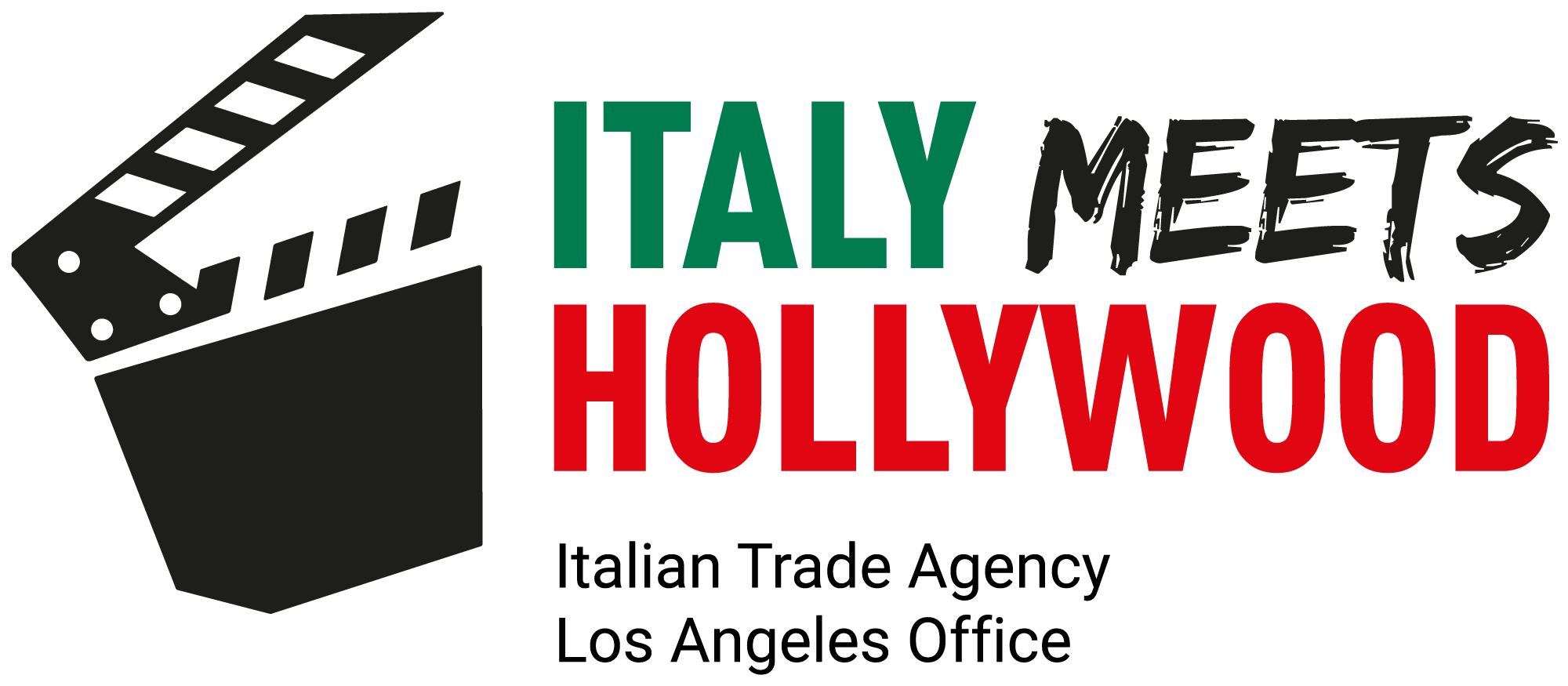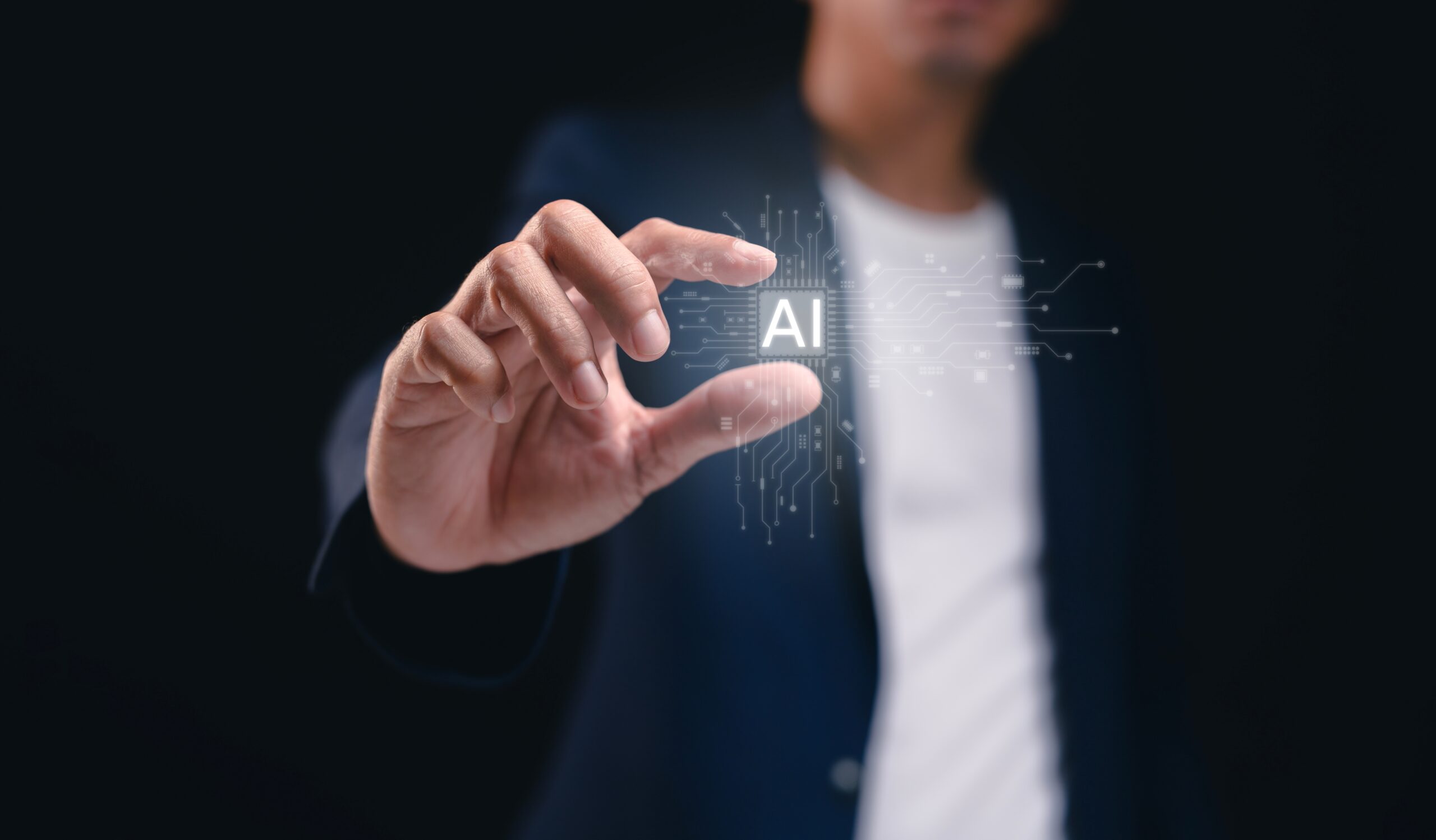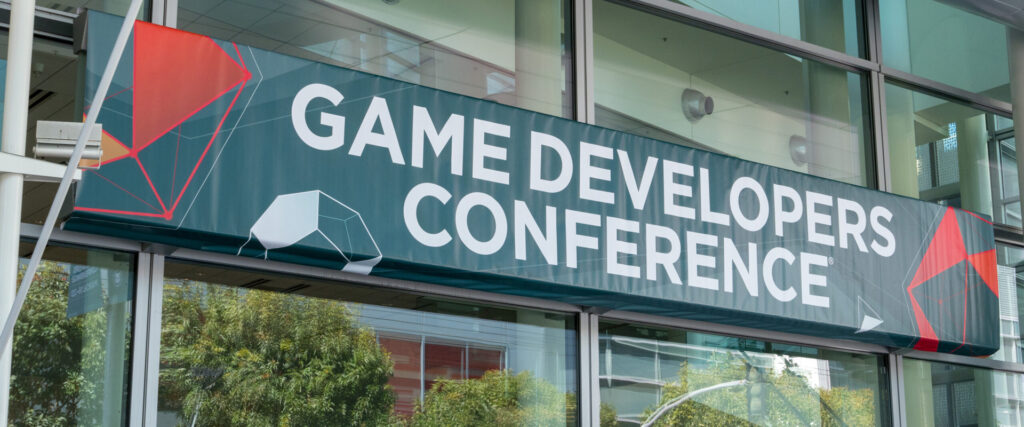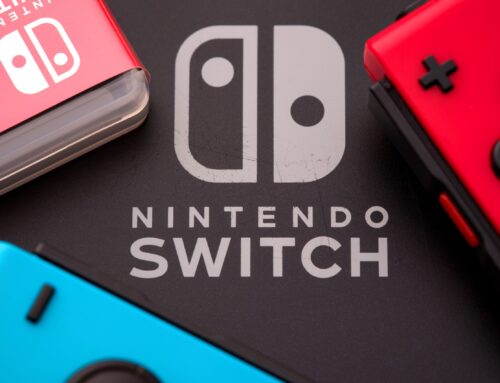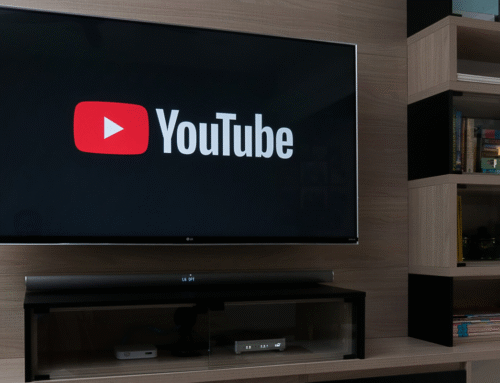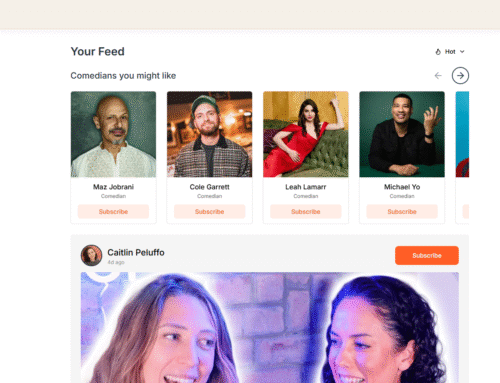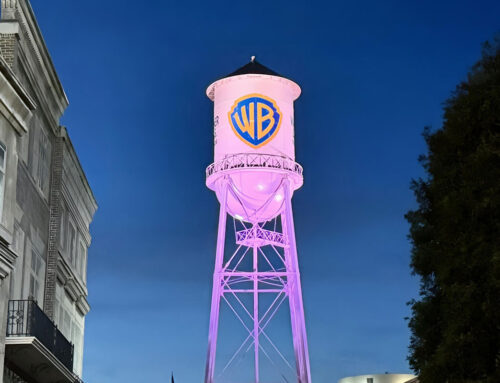How Creators Are Licensing Their Content to Train AI
An increasing number of independent creators are beginning to license their video content for the training of generative AI models, turning what was once a threat (unauthorized scraping) into a monetization opportunity. While most of the content used for training still comes from production companies and professional distributors, there’s growing interest in high-quality videos created by independent filmmakers or hobbyist videographers.
Facilitating these deals are specialized startups and marketplaces (such as Troveo, Avail’s Corpus, and Protege Media), which act as intermediaries between rights holders and AI developers. Talent agencies are also encouraging their clients—particularly prolific YouTubers—to explore licensing as a source of passive income.
One of the most in-demand types of content is raw, unused footage, like B-roll—clips that were filmed but never included in the final cut. This kind of material is especially valuable to AI companies because it’s often not publicly available, exists in large volumes, and lacks problematic elements like rapid cuts or on-screen text. According to Bloomberg, companies such as OpenAI, Google, and Moonvalley are already acquiring this type of footage from creators, allowing them to monetize material that would otherwise remain unused and helping to prevent unauthorized scraping.
However, not all creators qualify. AI developers are looking for high-quality content, available in large volumes (e.g., at least 1,000 hours), and with thematic diversity. “Talking head” videos—someone speaking directly to the camera—are generally less in demand for training generalist models, though they may be useful for companies building video avatars.
Licensing rates vary: from $1–2 per minute to as much as $6 per minute, with higher rates for professional-grade or niche content. For some established creators, these sums may not be compelling enough to justify handing over large volumes of content, especially if it features their likeness.
In summary, for creators who meet the criteria, licensing content to AI developers presents a new and tangible monetization opportunity, especially by unlocking value from archived, unused material.
Source: Variety +
Share:
An increasing number of independent creators are beginning to license their video content for the training of generative AI models, turning what was once a threat (unauthorized scraping) into a monetization opportunity. While most of the content used for training still comes from production companies and professional distributors, there’s growing interest in high-quality videos created by independent filmmakers or hobbyist videographers.
Facilitating these deals are specialized startups and marketplaces (such as Troveo, Avail’s Corpus, and Protege Media), which act as intermediaries between rights holders and AI developers. Talent agencies are also encouraging their clients—particularly prolific YouTubers—to explore licensing as a source of passive income.
One of the most in-demand types of content is raw, unused footage, like B-roll—clips that were filmed but never included in the final cut. This kind of material is especially valuable to AI companies because it’s often not publicly available, exists in large volumes, and lacks problematic elements like rapid cuts or on-screen text. According to Bloomberg, companies such as OpenAI, Google, and Moonvalley are already acquiring this type of footage from creators, allowing them to monetize material that would otherwise remain unused and helping to prevent unauthorized scraping.
However, not all creators qualify. AI developers are looking for high-quality content, available in large volumes (e.g., at least 1,000 hours), and with thematic diversity. “Talking head” videos—someone speaking directly to the camera—are generally less in demand for training generalist models, though they may be useful for companies building video avatars.
Licensing rates vary: from $1–2 per minute to as much as $6 per minute, with higher rates for professional-grade or niche content. For some established creators, these sums may not be compelling enough to justify handing over large volumes of content, especially if it features their likeness.
In summary, for creators who meet the criteria, licensing content to AI developers presents a new and tangible monetization opportunity, especially by unlocking value from archived, unused material.
Source: Variety +
